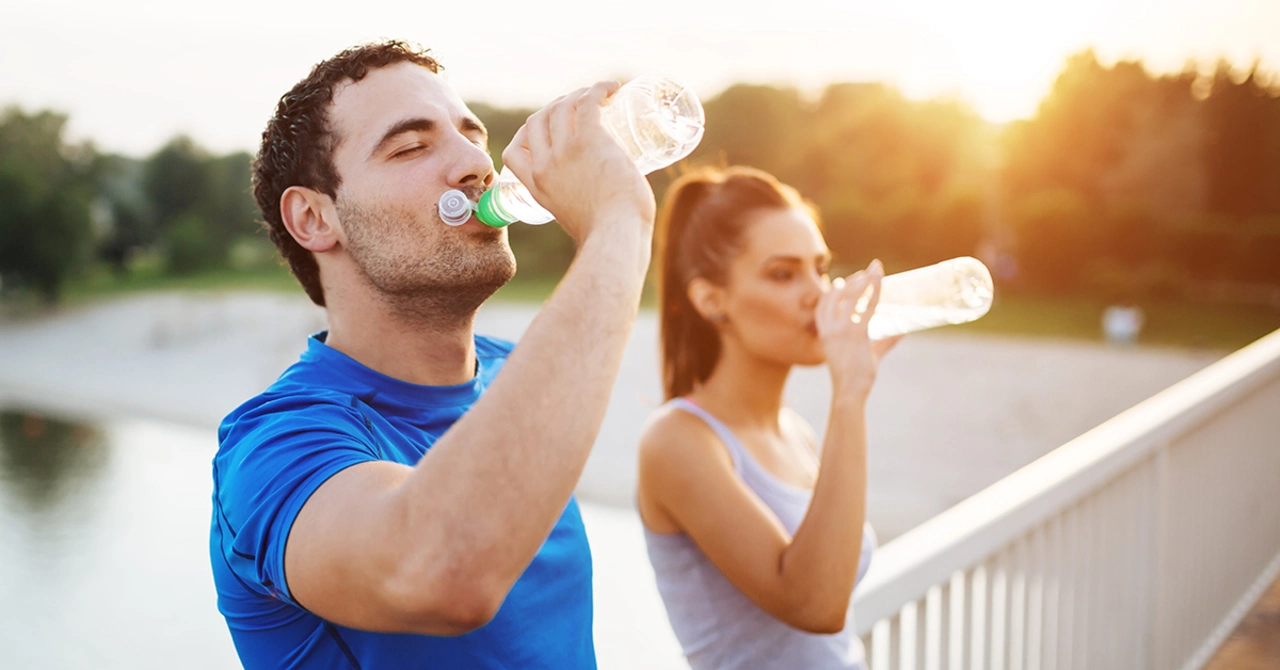Hydration: How Much, Why it Matters, and Simple Ways to Stay Hydrated
Water affects nearly every part of your body. It helps your brain think clearly, keeps joints moving, and prevents muscle cramps. Most people don’t drink enough, and small changes fix that fast. Here’s easy, useful advice you can use today.
How to know if you’re dehydrated
Thirst is obvious, but other signs show up earlier. Dry mouth, dark urine, lightheadedness, headaches, and low energy are common. Athletes may feel muscle cramps or a sudden drop in performance. Older adults can have blunted thirst; check urine color and energy instead. If you see persistent dizziness, fainting, or very low urine output, contact a healthcare provider.
Practical hydration tips that work
Aim for regular sips, not huge gulps. Carry a reusable bottle and set small goals like finishing it by lunchtime. Flavoring water with a slice of lemon or cucumber helps some people drink more. For workouts longer than 60 minutes, or very hot days, add electrolytes — sports drinks, oral rehydration packets, or a pinch of salt and a squeeze of orange can help replace sodium and potassium.
Watch your routine around exercise. Drink 250–500 ml (8–16 oz) about 2 hours before activity. Sip 100–200 ml (3–7 oz) every 15–20 minutes during long workouts. Afterward, replace fluids based on weight lost: roughly 1.2 liters per kilogram lost. If you train often, weigh yourself before and after to get a feel for sweat losses.
Some health conditions change how you should hydrate. If you have kidney disease or are on dialysis, fluid targets differ — one of our articles on PhosLo and kidney health explains phosphate binders and tips for people with kidney disease. People with issues like post-nasal drip can find symptom relief when mucus is thinner, so steady hydration helps there too. If you’re on blood pressure meds or have heart failure, talk to your clinician before increasing fluids or salts.
Not all drinks are equal. Coffee and tea count toward daily fluids, but very salty or sugary drinks can make hydration worse. Alcohol increases urine output and can lead to dehydration. Fermented drinks like kefir provide fluids plus electrolytes and probiotics, but watch added sugars.
Make hydration part of daily habits. Link drinking to an activity: one glass with every meal, one after the bathroom, one before bed. Use phone reminders if you forget. For kids and older people, offer fluids often and choose drinks they like. Small, frequent amounts are easier to keep down when illness causes nausea.
If you’re unsure how much you need, your weight, activity level, climate, and health conditions matter. When in doubt, ask a healthcare provider. For most healthy adults, steady sipping, a balanced diet with some salty foods when active, and attention to urine color will keep hydration simple and effective.

DVT and Dehydration: Why Proper Hydration Reduces Blood Clot Risk
Learn why dehydration raises DVT risk and how proper hydration, electrolytes, and movement can keep blood thin and prevent dangerous clots.

The importance of staying hydrated during capecitabine treatment
As a blogger, I cannot stress enough the importance of staying hydrated during capecitabine treatment. Proper hydration ensures that the medication works effectively and helps our body process the drug safely. Additionally, drinking enough water can alleviate certain side effects like fatigue and dry mouth. It's essential for us to monitor our water intake and aim for at least 8-10 glasses a day. In doing so, we can support our overall health and well-being while undergoing capecitabine treatment.
-
27.04.23 -
Alistair Mukondiwa -
12
- Health and Wellness (59)
- Drug Information (51)
- Pharmacy Information (19)
- Medical Conditions (18)
- Supplements (4)
- Diabetes (3)
- Travel Health (2)
- Parenting (2)
- Mental Health (2)
- Heart Health (1)
-
Buy Online Cheap Generic Seroquel - Safe Guide & Price Comparison
6 Oct 2025 -
From ANDA to Shelf: How Generic Drugs Reach Retail Pharmacies
21 Dec 2025 -
Amiodarone and Pregnancy: Safety and Considerations
16 Jul 2023 -
How to Buy Cheap Generic Amoxicillin Online Safely
4 Aug 2025 -
Assistive Technology for ADHD Students: Practical Tools and Tips
29 Sep 2025

22.10.25
Alistair Mukondiwa
8